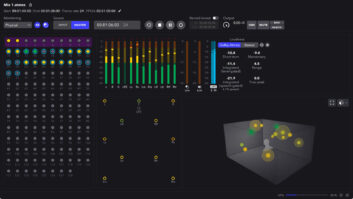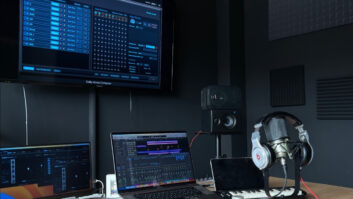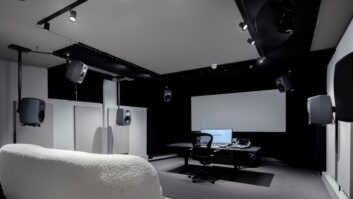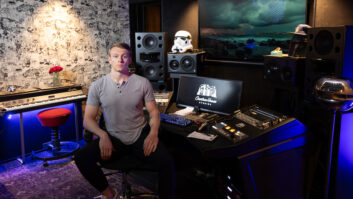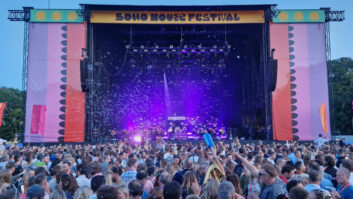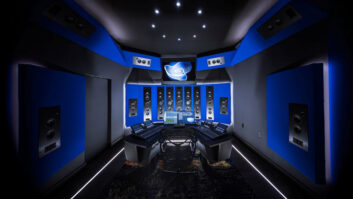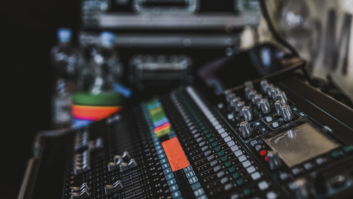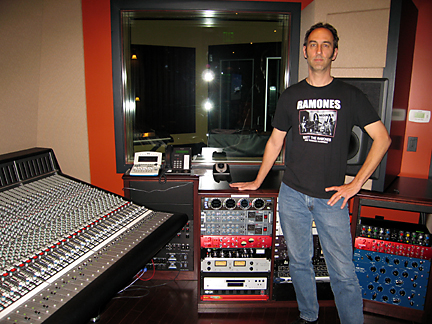
Dolby Laboratories has announced today that Talking House Productions in San Francisco has installed three Dolby Lake Processors to control the 5.1 and stereo main monitor systems in the facility’s three recording-studio control rooms. The three Dolby Lake Processors, which provide equalization, group delay and bass management, were recommended by the Walters-Storyk Design Group, which was responsible for the design and build-out of the newly opened multimedia production facility.
“One of the most important elements of a good control room is the accuracy of the monitoring,” states Pete Krawiec, chief engineer and producer at Talking House Productions. “With the Dolby Lake Processor and software, we are able to set monitor delays and an EQ curve with complete accuracy. We don’t need separate units to provide both functions or worry about any phase artifacts being introduced by the corrective room EQ that we are applying. The functionality of the Dolby Lake system is incredible, but we were also influenced by the quality reputation of Dolby when choosing this critical component of our rooms.”
According to John Storyk, principal, designer and registered architect with WSDG, any studio-monitor system benefits from the loudspeaker optimization provided by the Dolby Lake Processor. “Two things are required that we can and do use that will make a room better, even with systems that don’t need a lot of advanced processing because it’s already in the box,” he says. “When done correctly, we find that minimal-phase, coherent parametric equalization works well when it’s introduced at certain low frequencies. Additionally, even in a powered system, the minute you start introducing 5.1 surround, you need more control, such as group delay and bass management. The Dolby Lake Processor addresses both issues elegantly.”
Dirk Noy, WSDG’s Switzerland-based acoustic engineer, initially evaluated the Dolby Lake Processor when it was first introduced. “Two days later, the Swiss office said this has to be our processor of choice,” Storyk says. “If you use a good test system and you know what to chase and what not to chase in the room acoustics, then introducing some parametric equalization can really be useful. And I believe that the Dolby Lake Processor is the best for that.”
For more information, visit www.dolby.com and www.thpro.com.
